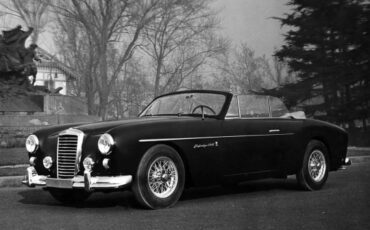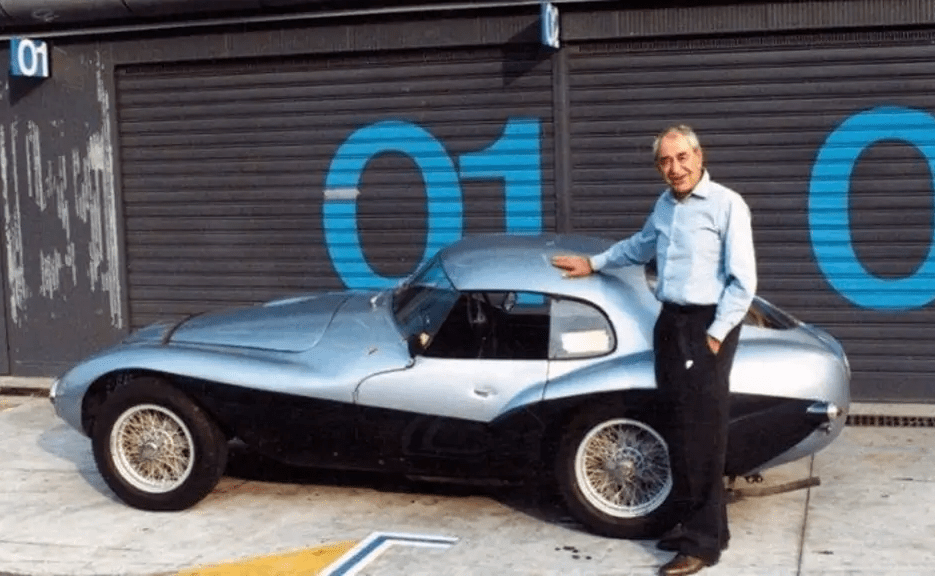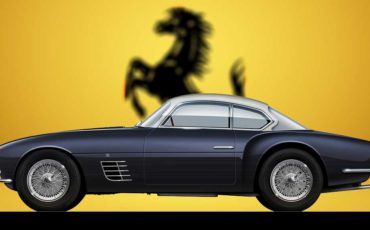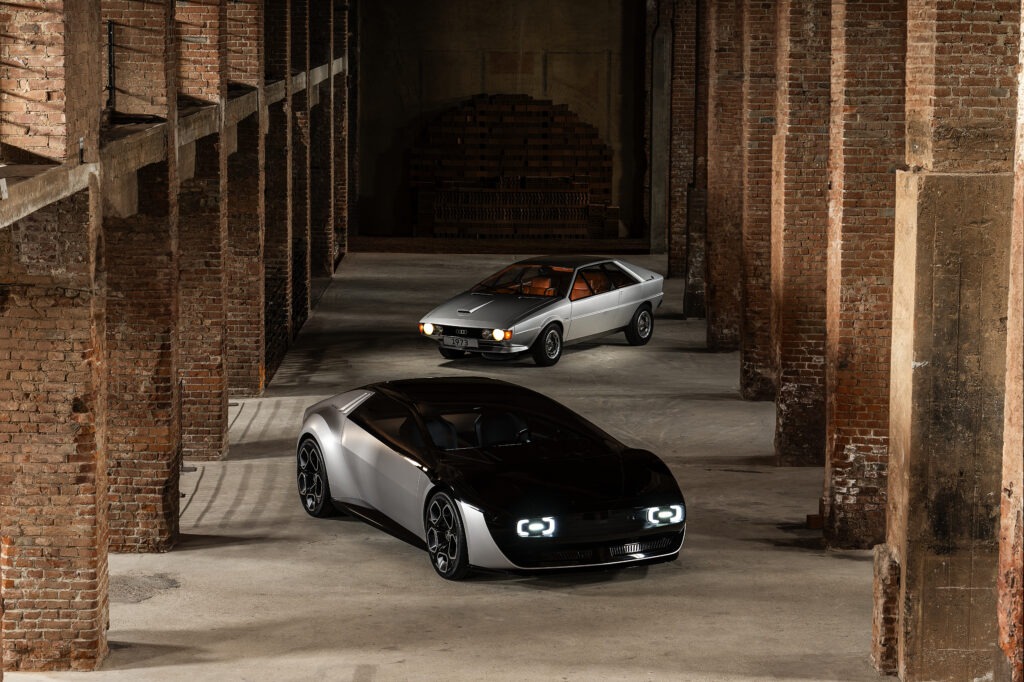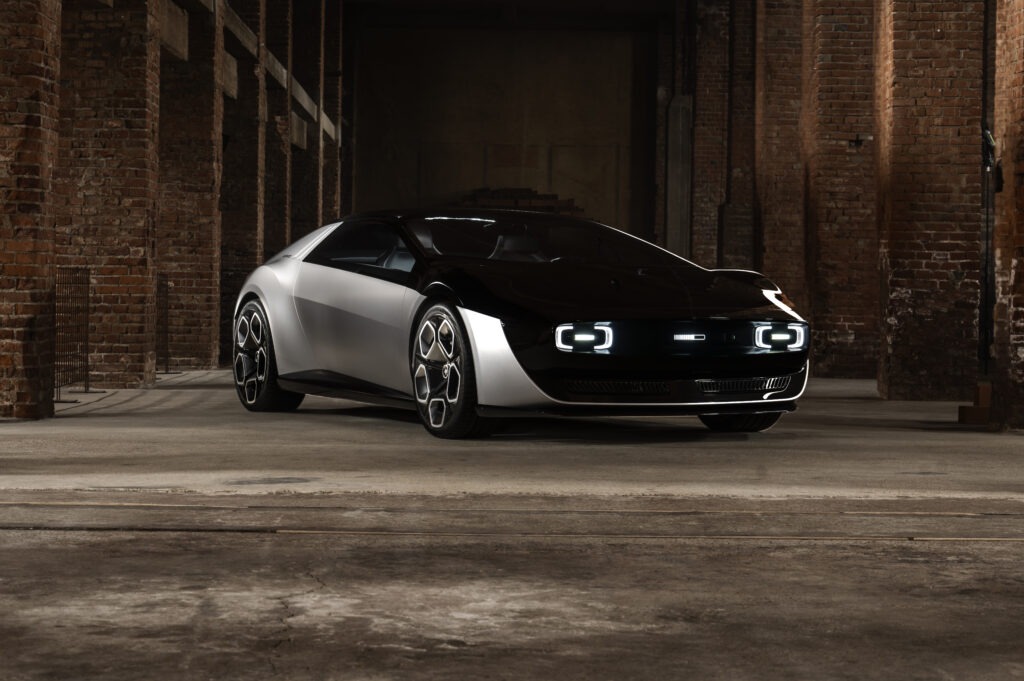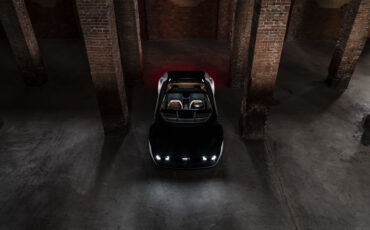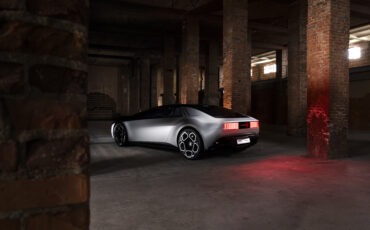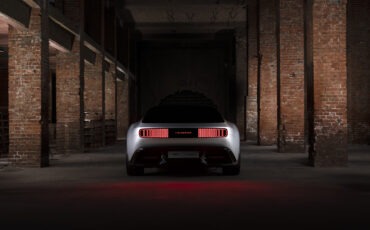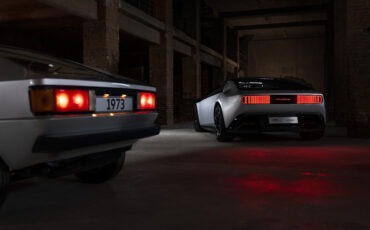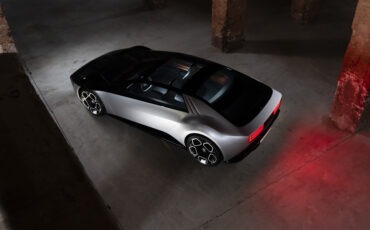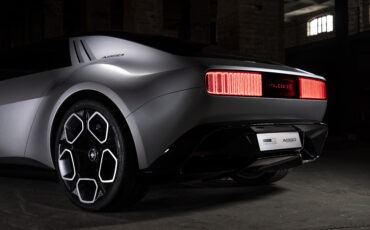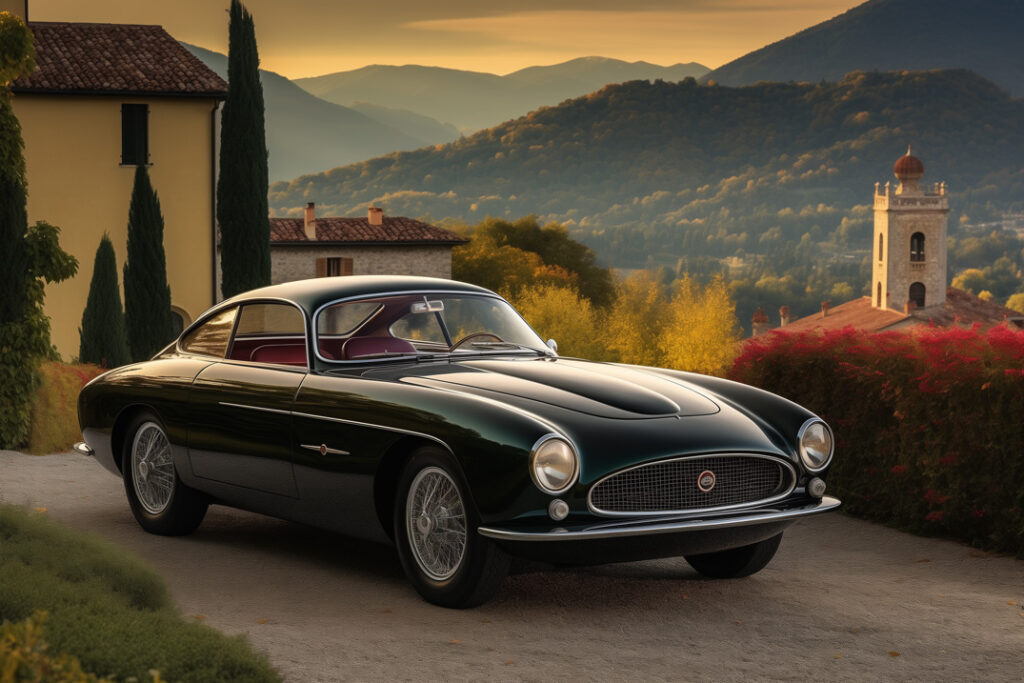
Italian coachbuilders, renowned for their craftsmanship and design prowess, have left an indelible mark on the automotive world. The marriage of British engineering excellence with Italian design flair has resulted in some of the most striking and unique Jaguars to date. From the golden age of the XK series to the iconic E-Type and beyond, these coachbuilt creations showcase the collaborative brilliance of two automotive cultures.
Stabilimenti Farina's trio
Stabilimenti Farina left its mark on three Jaguars in 1951/52. The “Meteor” Coupe and “Golden Arrow” convertible were based on MK VII chassis, while the “Flying Jaguar” coupe graced the XK120 chassis. Exhibited at the 35th Brussels Salon in 1952, these one-of-a-kind creations underline the fusion of British performance with Italian styling.
Jaguar XK120 Supersonic by Ghia (1953)
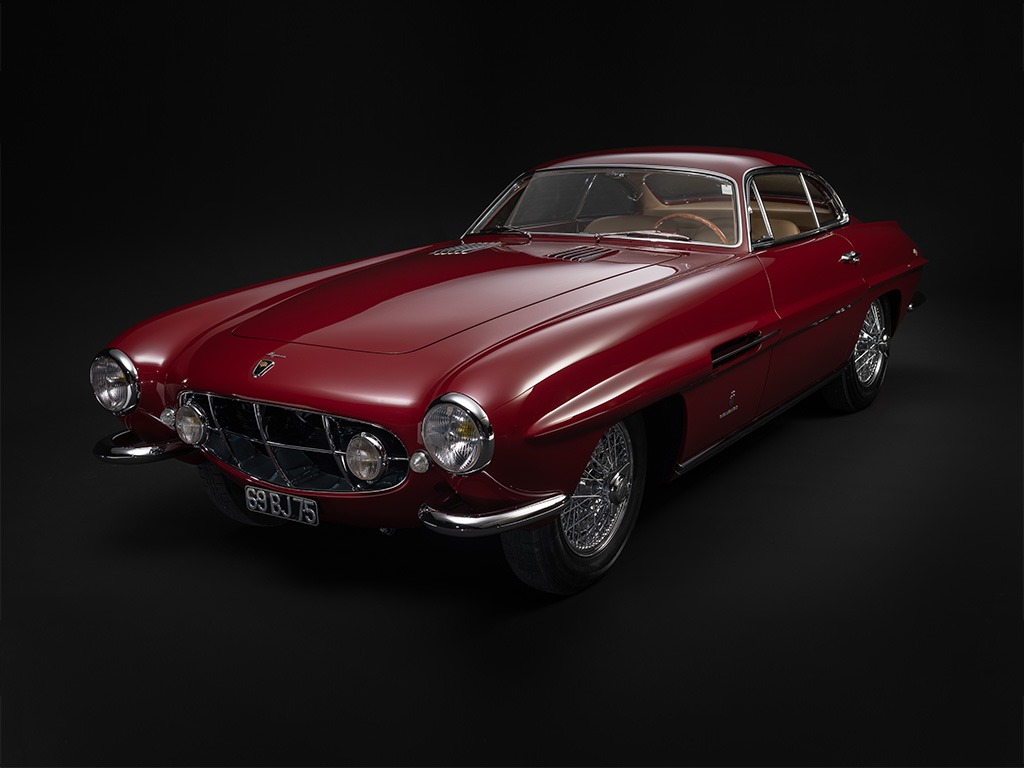
Ghia‘s reimagining of the Jaguar XK120 with the famous Supersonic body, a masterpiece in design. With only three specimens in existence, the collaboration between Ghia and Jaguar showcases an elegant blend of curves and aerodynamics. The Supersonic’s allure is further enhanced by Conrero’s engine enhancements, making it a standout at the 1954 Paris Motor Show.
Jaguar XK120 Pininfarina (1955)
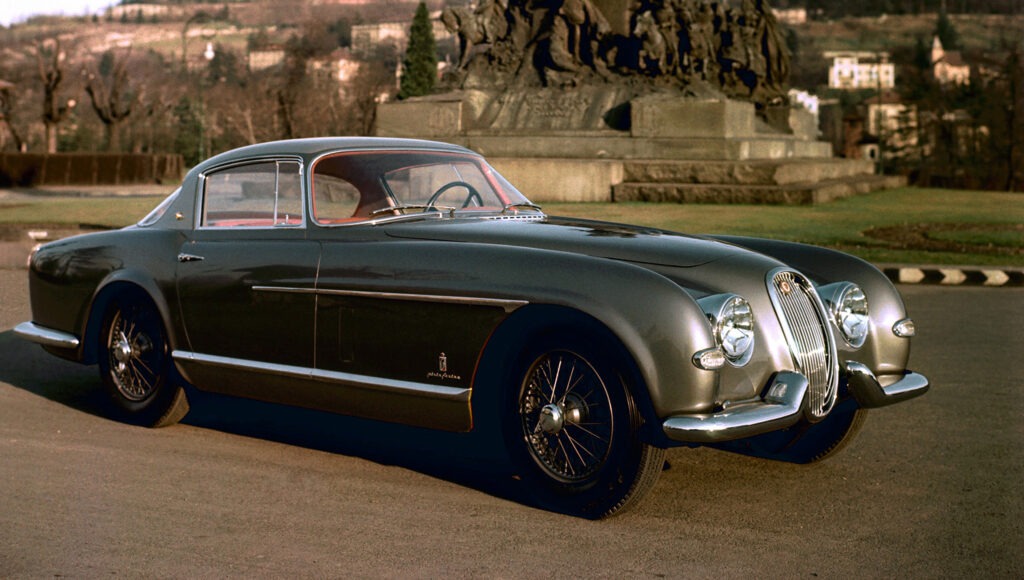
Debuting at the Geneva Motor Show in 1955, the Jaguar XK120 Pininfarina is a testament to Pininfarina’s design finesse. Acquired by CMC in 2015, a meticulous 6,275-hour restoration ensued, reviving this classic’s former glory. The restoration, faced with challenges like replicating original paint and recreating bumpers, reaffirms Pininfarina’s commitment to preserving automotive heritage.
Jaguar XK140 by Carrozzeria Boano (1954)
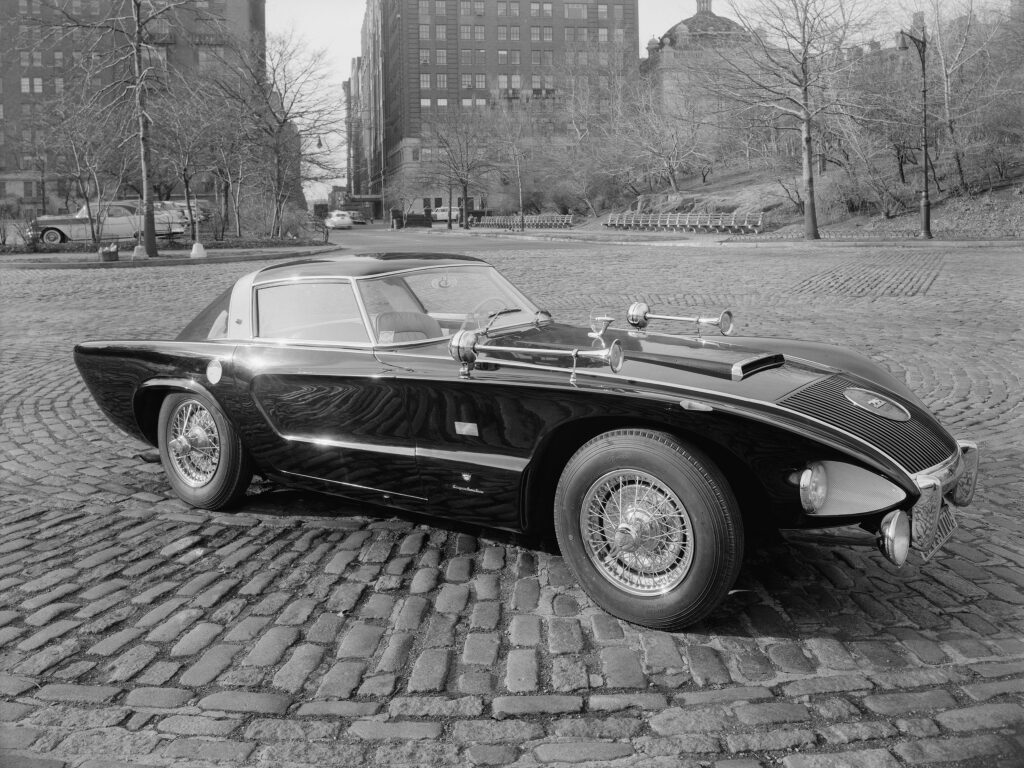
Collaborating with Loewy’s design group, Boano crafted a one-off body for the Jaguar XK140. Exhibited at the 1955 Paris Salon, this design faced challenges in accommodating the XK motor, resulting in a distinctive hood bulge. Although not entirely satisfying, the Jaguar XK140 Boano remains a unique fusion of American and Italian design sensibilities.
Jaguar XK140 by Carrozzeria Ghia (1955)
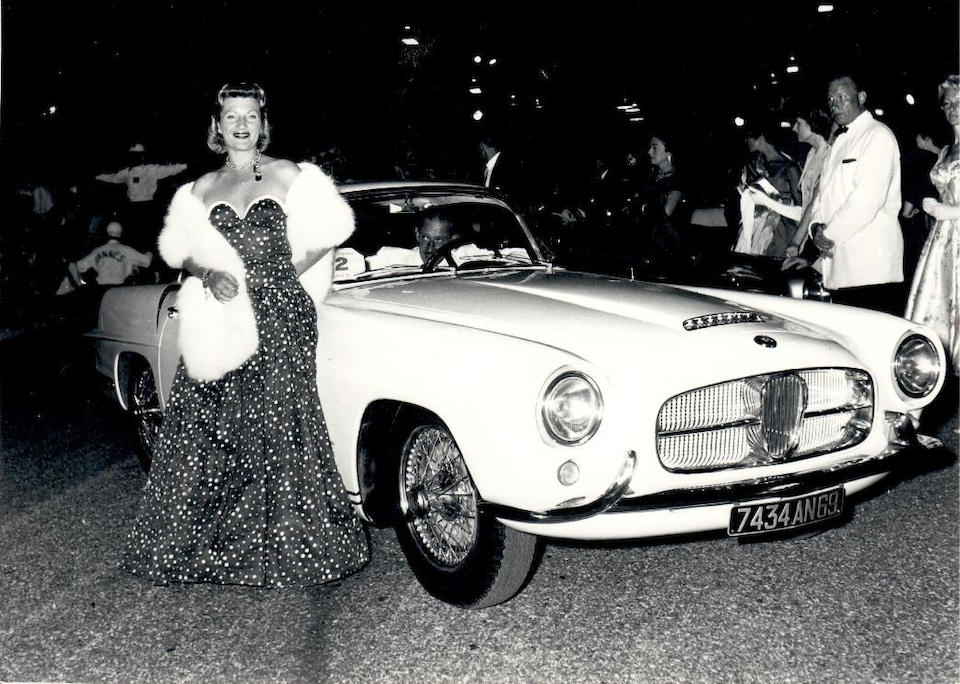
Carrozzeria Ghia, known for its striking designs, bodied four XK140s, with aluminum construction reducing weight by 100kg. These bespoke XK140s, exemplifying Ghia’s artistry, featured a harmonious blend of aerodynamics and aesthetic appeal. The Ghia touch added a unique dimension to Jaguar’s lineup, showcasing the versatility of British engineering.
Jaguar XK150 by Bertone (1957)

Bertone’s XK150, part of a limited series of three, displayed a coupé that merged subtle elegance with sporty elements. With sculpted lines and an airy greenhouse, the XK150 captured the essence of Bertone’s design philosophy. This collaboration hinted at a refined, sporty direction for Jaguar, showcasing the potential for future evolutions in styling.
Jaguar XK140 by Zagato (1956)
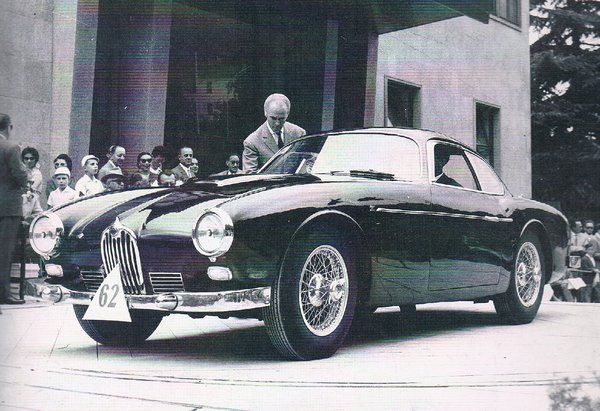
Commissioned by an Italian Jaguar dealer, Zagato‘s rebodying of the XK140 showcased their artistry in crafting aluminum-bodied masterpieces. Unveiled at the 1957 Paris Auto Salon, the Jaguar XK140 Zagato exhibited the fusion of lightweight construction and distinctive Zagato design, creating an icon in the coachbuilding realm.
Jaguar E-Type by Drogo (1962)
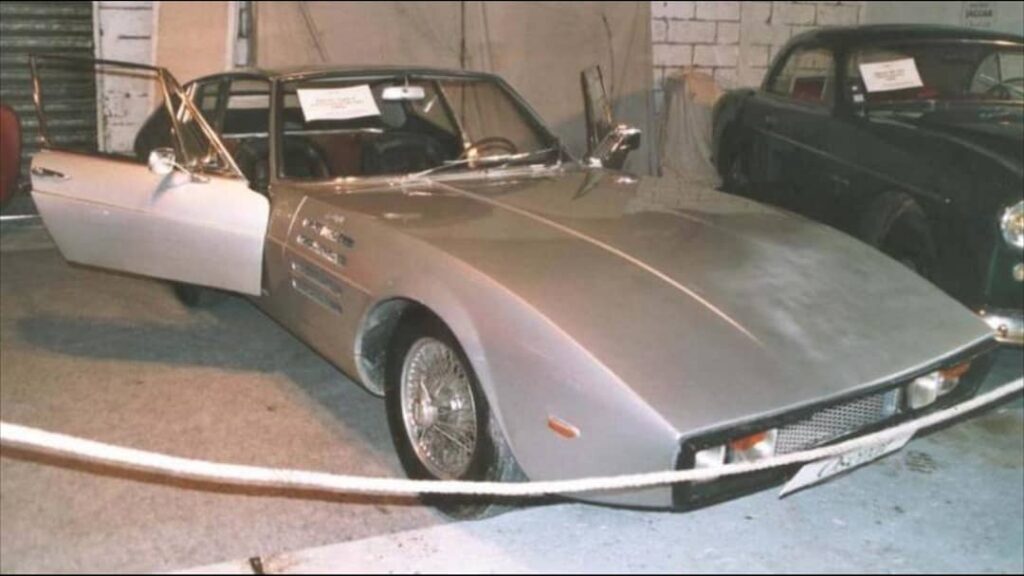
The Jaguar E-Type Drogo, though unconventional in its aesthetics, represents a unique reinterpretation by Piero Drogo’s company Sports Cars. Following a crash, Drogo reconstructed the E-Type with a distinct body. While not hailed as the most beautiful E-Type, its uniqueness adds a layer of intrigue to the iconic E-Type legacy.
Jaguar Le Mans D-Type Michelotti (1963)
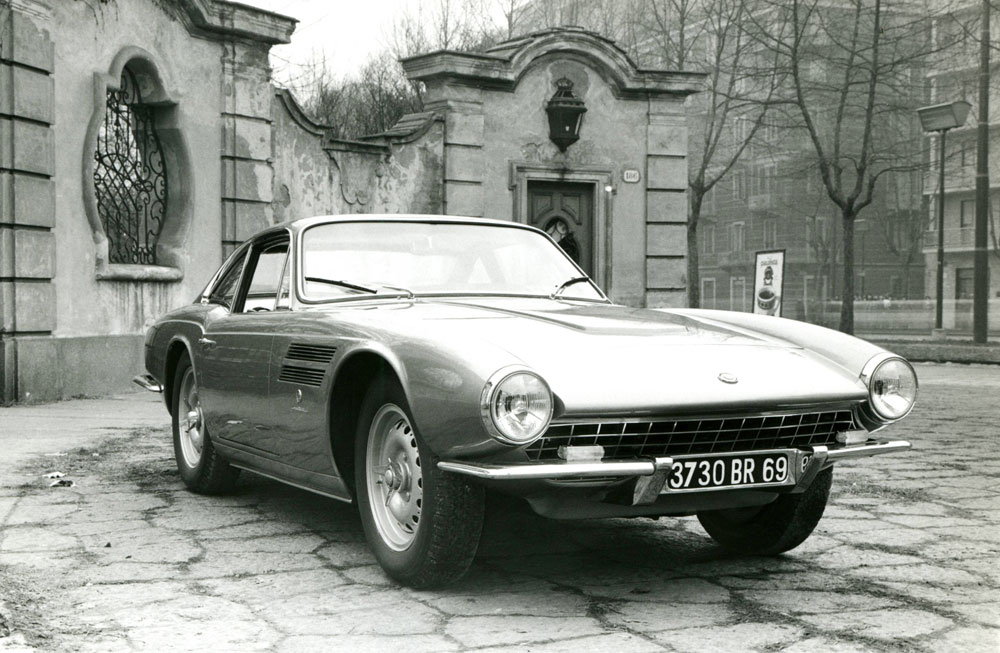
Born from the remains of a Le Mans D-Type, Michelotti transformed the chassis into a captivating creation. Unveiled at the 1963 Geneva Motor Show, the Jaguar Le Mans D-Type Michelotti showcased a harmonious blend of classic Jaguar racing pedigree with Michelotti’s distinctive design language.
Jaguar S-Type Frua Coupé (1965)
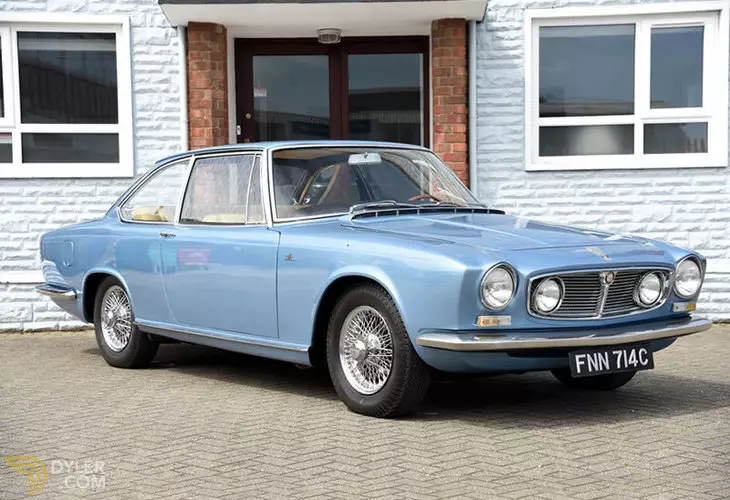
Commissioned by Fattori & Montani, the Jaguar S-Type Frua Coupé emerged as the centerpiece at the 1966 Salon de Genève. Studio Technico Pietro Frua’s touch elevated the S-Type, merging British engineering with Italian design finesse, creating a unique and captivating iteration.
Jaguar FT 420 Coupé by Bertone (1966)
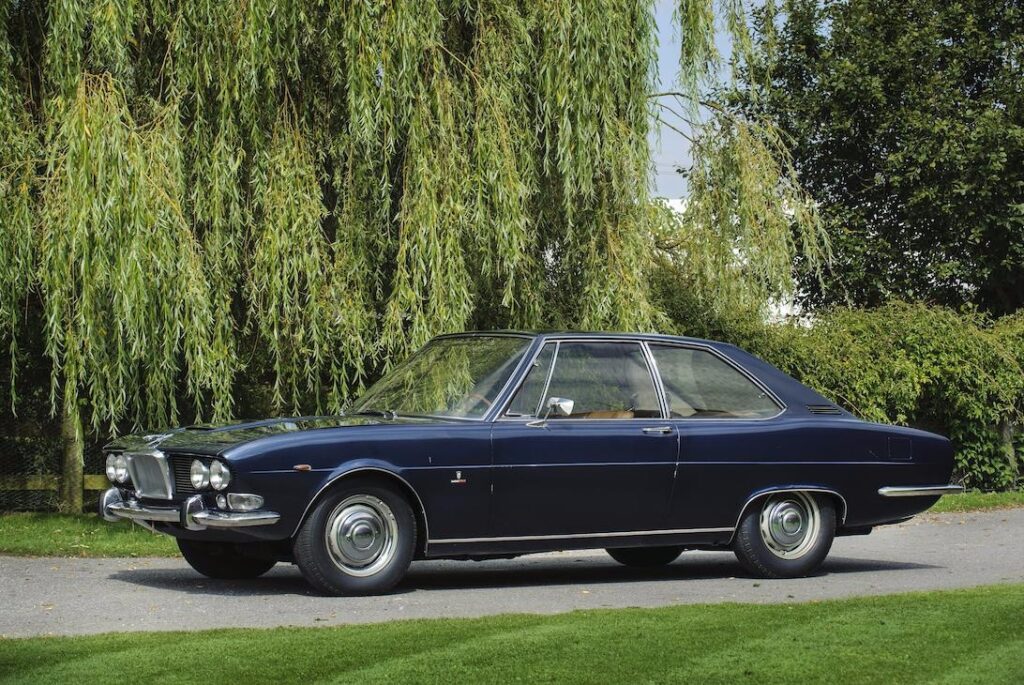
Bertone‘s collaboration with Jaguar importer Ferruccio Tarchini resulted in the Jaguar FT 420 Coupé, a four-seater masterpiece. Unveiled at the 1966 Geneva Motor Show, it seamlessly blended classic Jaguar styling with Bertone’s contemporary design ethos, showcasing a balance between luxury and sporty appeal.
Jaguar Pirana by Bertone (1967)
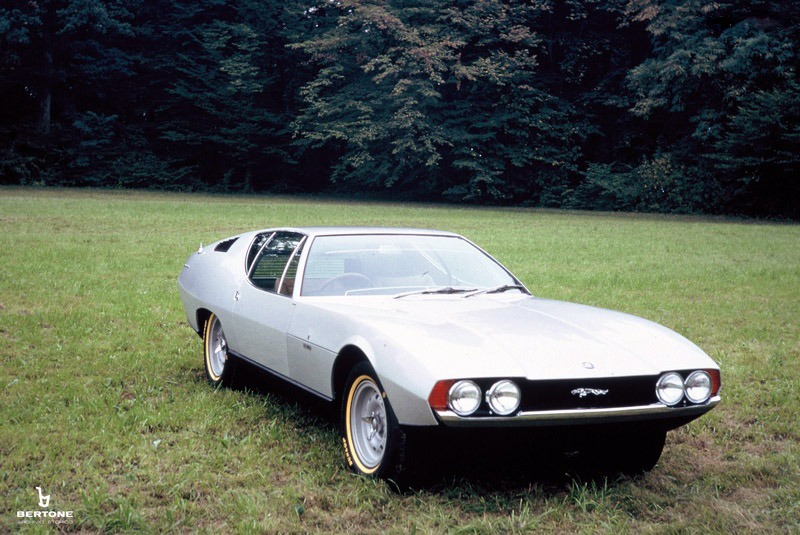
Conceived as an ideal blend of comfort and sportiness, the Jaguar Pirana by Bertone was born from the visionary idea of John Anstey. Unveiled at the 1967 London Motor Show, the Pirana showcased elegance and sobriety, offering a unique interpretation of Jaguar’s DNA through the lens of Italian design.
Jaguar Ascot by Bertone (1977)
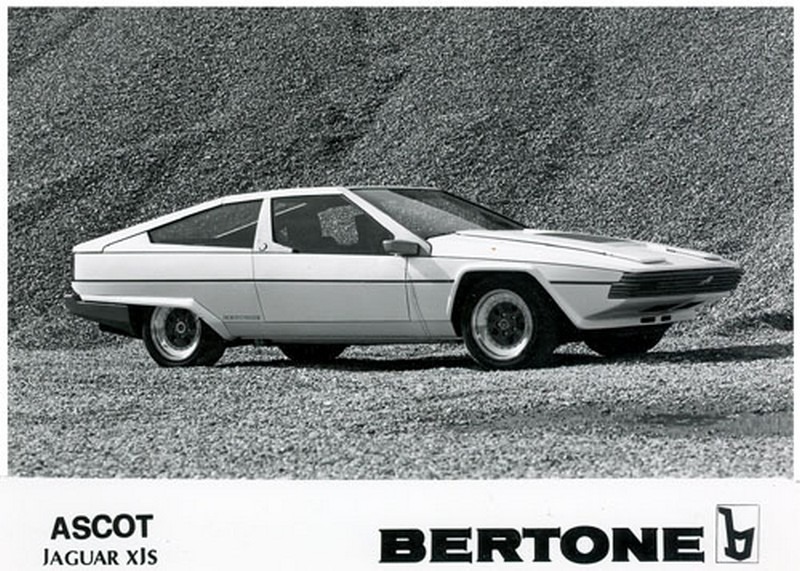
Marcello Gandini’s design for the Jaguar Ascot in 1977 showcased a departure from conventional Jaguar aesthetics. With straight lines and a hatchback practicality, the Ascot exhibited Bertone‘s wedge-shaped design language. The blend of Italian flair with British engineering resulted in a unique interpretation of a four-seat Jaguar coupe.
Jaguar XJ Spider Pininfarina (1978)
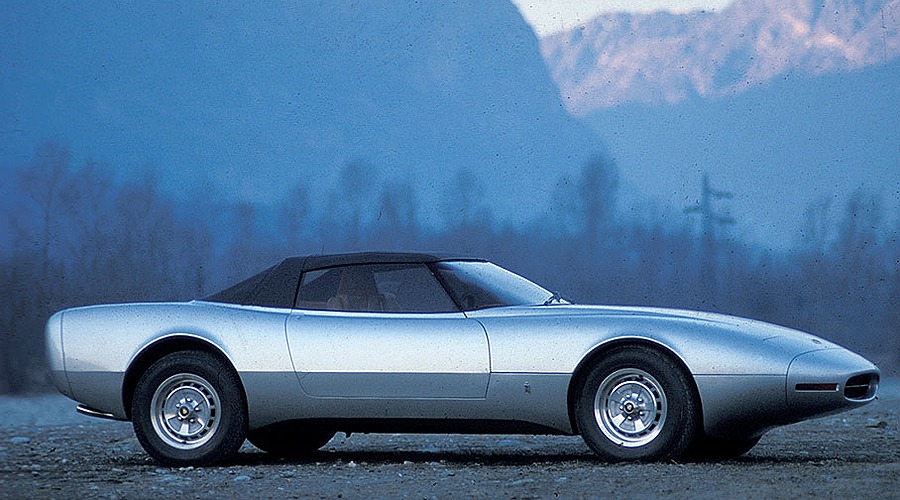
As an exploration of an ‘F-type’ spiritual successor, Pininfarina designed the Jaguar XJ Spider, unveiled at the 1978 British Motor Show. The prototype stimulated Jaguar’s consideration for a future sports car. With its sleek lines and V12 engine, the XJ Spider represented a bridge between the E-Type’s legacy and Jaguar’s future aspirations.
Jaguar Kensington by Italdesign (1990)
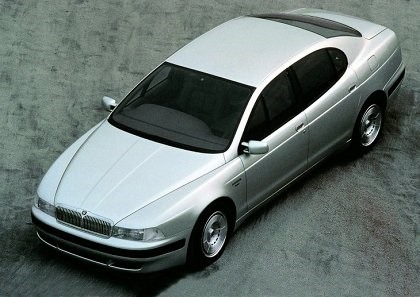
Italdesign‘s vision for the Jaguar Kensington, intended as a successor to the XJ, showcased a sleek design with a swoopy roofline. While not put into production by Jaguar, elements of the Kensington design later influenced other models, highlighting the lasting impact of Italian design on Jaguar’s evolutionary path.
Jaguar B99 by Bertone (2011)
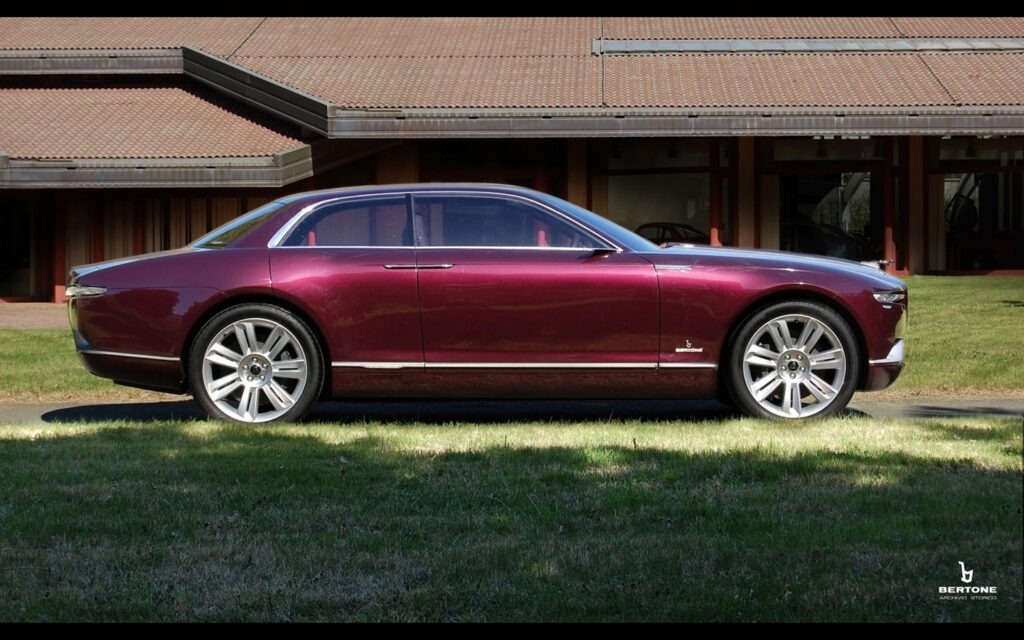
Celebrating Bertone’s 99th year, the Jaguar B99 made its debut at the 2011 Geneva Motor Show. Designed by Michael Robinson and Adrian Griffiths, the compact executive and grand tourer versions showcased a return to traditional Jaguar aesthetics, providing a glimpse into a potential future for the brand.
These Italian coachbuilt Jaguars stand as testaments to the harmonious collaboration between British engineering excellence and Italian design flair. Each creation tells a unique story, contributing to the rich tapestry of automotive history and exemplifying the boundless possibilities when two great automotive traditions converge.


